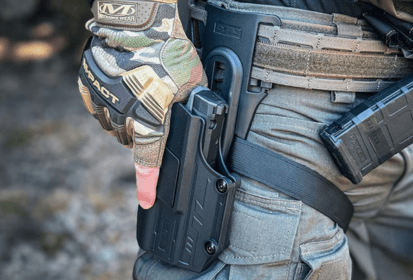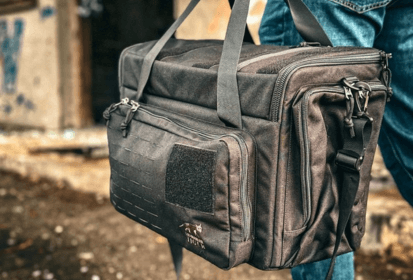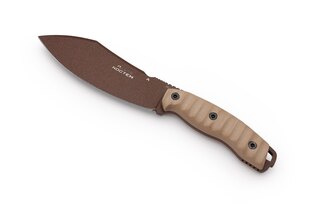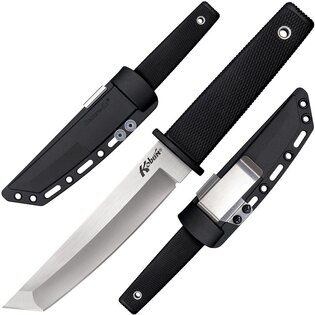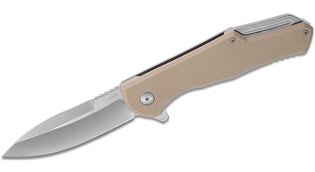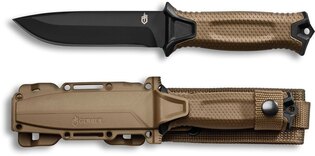Selection of a knife according to the blade grind
When buying a knife, we often deal with various features and elements – the shape of the blade, the length of the knife, the steel from which the blade is made or the material from which the handle is made. We are also interested in the ergonomics of the handle or the prestige of the manufacturer. But we often forget one important thing, and that is the grinding of the blade, or rather its relationship to the thickness of the blade.
An important role at work
The shape of the grind plays an important role, especially when working with a knife in real life. It is a key factor that affects the characteristics of the blade – you will mostly deal with the trade-off between its durability and cutting ability. And you can decide from the whole spectrum of options either on one side or on the other.
Consider the information below rather general, as other factors also come into play, for example:
- blade thickness,
- the material from which the blade is made,
- material finish,
- ergonomics.
The thicker the blade, the more durable it will be even in rough handling, but the greater the thickness of the knife, the lower its cutting properties at the same time.
A thinner blade is better suited for cutting and slicing, but as the thickness decreases, the risk of damaging the blade increases during rougher operations such as chopping or prying. But now to the grinds themselves – we will introduce the basic types and their main advantages and disadvantages.
Flat grind
One of the most commonly used types of grinding is the flat one. With a (fully) flat grind, the blade is ground evenly from its spine towards the edge and ends with a bezel. There is a wide range of flat grinds and individual knife models differ from each other in the thickness of the blade.
The advantage of the flat grind is that it is quite universal, so it doesn't really matter what type of knife you choose it for.
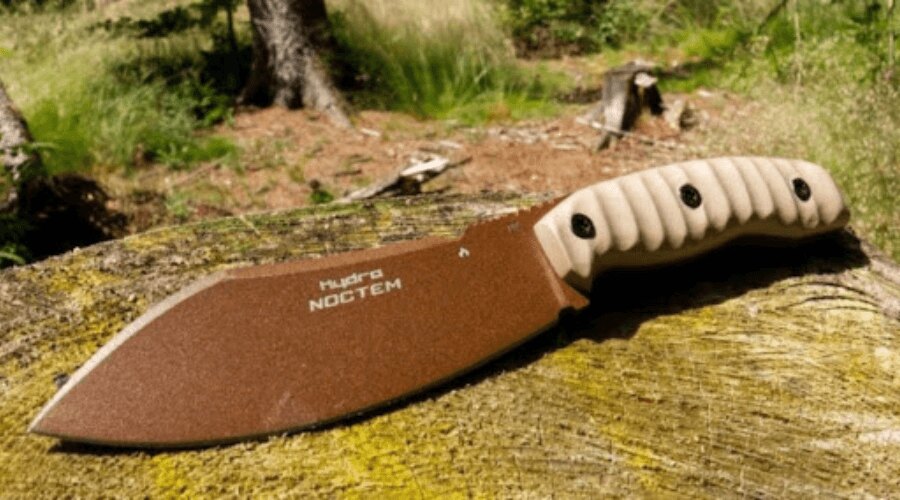
The Hydra Knives Noctem knife. The advantages of blades with the flat grind include universal use.
Where is it used most commonly?
- for knives for everyday use,
- for knives for bushcraft activities,
- for kitchen knives.
What is it good for?
It is suitable for various types of activities – perhaps only except for coarser woodworking. For these purposes, it is better to use convex or sabre blades (see below). On the contrary, it is perfect for cutting. That is why it is also often found in kitchen knives.
Typical representatives of knives with the flat grind
The KA-BAR® Becker Necker knife
The Hydra Knives® Noctem knife
Hollow grind
Again, a frequently used type of grind, which has even better cutting properties than a flat grind. Hollow grinding uses concave grinding and is therefore the opposite of convex grinding. The blade is thus thinned, which is reflected in the better cutting ability of the knife. In the lower part, the edge (again finished with a bezel) is thinner than with a flat grind, and this means better penetration into the cut material.
A thinned blade naturally has less durability, so expect even more susceptibility to damage from rough handling than a flat grind of the same thickness. It is also worse with grinding, because a real master is needed for a concave grind. A person who has no experience with sharpening could reduce the service life of the knife by unprofessional intervention with a concave grind.
Where is it used most commonly?
- for hunting knives or razors.
What is it good for?
A knife with a hollow grind is not suitable for more demanding tasks such as chopping, as its blade could easily be damaged. On the contrary, it is made for cutting and slicing.
Typical representatives of knives with the hollow grind
The Cold Steel® Kobun knife
The KA-BAR® Jarosz Spear folding knife
Convex grind
As already mentioned, this is the opposite of a hollow grind. Here, the blade (with the same original thickness) is even wider than with a flat grind, or even less material is removed from it. This type of grind is not finished with a bevel. Knives with a convex grind are among the most durable. Less material removal during sharpening, however, worsens the cutting ability and also prevents the knife from penetrating the cut material.
Convex grinding is relatively rare. This is also due to the fact that the production process is quite complex, and without precise machines you practically have no chance of getting it right. At the same time, they are more demanding to grind in domestic conditions.
Where is it used most commonly?
- some higher quality types of axes,
- knives that are expected to be used in more demanding conditions.
What is it good for?
Unlike the above, this solution is also suitable for chopping and batoning thanks to its above-average resistance.
Chisel grind
This is a relatively rarely used type of grinding, when the grind is not symmetrical, but only one side is removed from the blade during the formation of the grind. One-sided grind usually uses the same type of grinding as flat grind. Which means that a knife with such a grind is relatively easy to sharpen. However, for obvious reasons, one-sided grinding is not finished with a bezel.
Some kitchen knives are equipped with a one-sided grinding (for example, selected high-quality knives from Japan, intended for chefs). And as already follows from the whole concept, we can divide knives in this category according to the user's dominant hand – i.e. knives for the right-handed and knives for the left-handed. Therefore, when you buy such a knife as a gift, for example, you must know in advance which category your recipient falls into.
Where is it used most commonly?
- for kitchen knives.
What is it good for?
Knives with a single-sided grind have good cutting properties, and for that reason they are used precisely for kitchen knives. The disadvantage is that it is harder to get used to such a knife – working with it is really different than in the case of knives with other types of grinding.
Scandi grind
Scandi, or Scandinavian grind, is also quite widespread, especially by Nordic brands such as Morakniv from Sweden. This is a type of grind that is similar to the flat grind, only the edge is not milled all the way to the back of the blade, but starts about halfway (sometimes in the lower third) of the height of the blade.
This type of grinding lacks a bezel (respectively, the bezel is the entire edge of the knife this time), which can be a problem when sharpening – although the Scandinavian grind is easy to sharpen, the missing bezel means the need to take a larger amount of material than with other types of grinding.
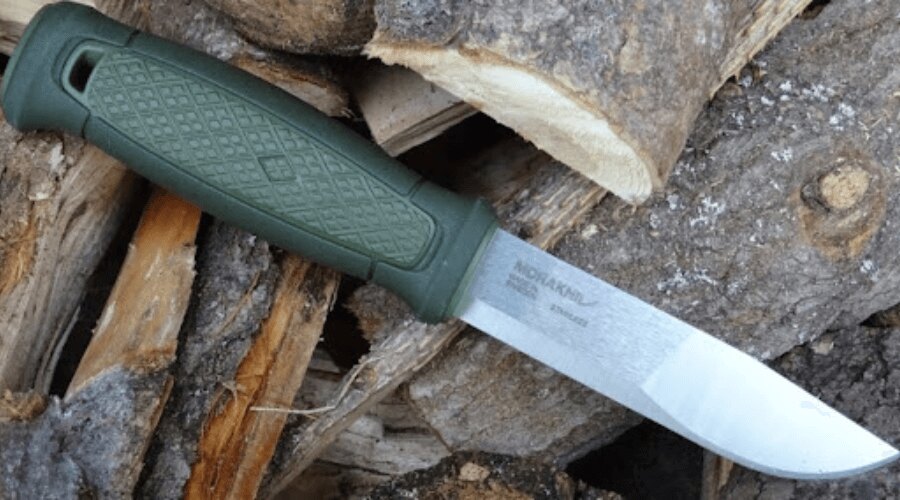
The Morakniv Multimount knife. The blade with the Scandinavian grind is characterized by strength and durability.
Where is it used most commonly?
- for bushcrafting and survival knives.
What is it good for?
In any case, the blade with a Scandinavian grind is very strong and durable. Such knives are suitable for working with wood and have excellent cutting properties. After all, this is also why they tend to be popular knives of woodsmen. Models with a Scandinavian cut are probably the most suitable for making shavings. However, we would definitely not recommend a blade sharpened with this type of sharpening for rougher work, because the thin part of the blade breaks easily in this case and unwanted serrations are created.
Typical representatives of knives with the Scandi grind
Hultafors® OK4 bushcraft knife
MORAKNIV® Swedish knives
Sabre grind
Sabre grind is a kind of compromise between the flat and Scandinavian grinds. Basically, this is a type of grind that is often confused with the Scandinavian one. The only difference is the presence of a bezel, which the sabre grind takes over from the flat one. The blade of the knife keeps its full thickness at the top, which brings with it the advantage of greater durability (and the bezel makes these knives more durable even compared to the Scandinavian grind).
Compared to the flat grind, the cutting edge of the knife will be a little weaker – as you can see, each type of grind brings with it some disadvantage. The reason is the greater angle of the blade, and thus worse penetration of the blade into the cut material.
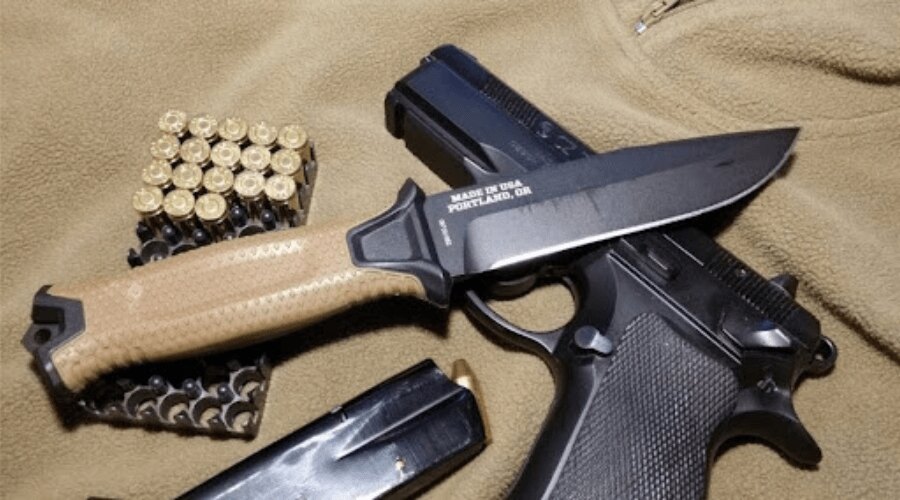
The Gerber StrongArm knife. The sabre blade grind is used for military, outdoor and survival knives.
Where is it used most commonly?
- military knives,
- knives for outdoor, bushcraft and survival.
What is it good for?
Knives with this grind are therefore suitable for rough work, chopping or batoning. Such knives can partially do the work of an axe.
Typical representatives of knives with the sabre grind
The GERBER® StrongArm knife
The ANV® Z300 G10 Liner Lock folding knife
Conclusion
We cannot universally advise you on the most suitable type of grinding. This is a subjective matter, and it is important how you want to use your new knife most often.
There is an option to use one larger and stronger knife with the sabre or convex grind for coarser work and basic wood processing, and a second smaller knife with a thinner blade equipped with the flat, hollow or Scandi grind.
When it comes to one all-purpose knife that does all the work, it depends on how demanding we are. Someone does not need a knife for fine cutting and prefers a coarser blade that can withstand everything. Someone, on the other hand, uses a knife for finer work, chooses a thinner blade, and chooses an axe for heavy work, for example. The choice then remains purely up to you and your individual preferences.
Readers are further interested
